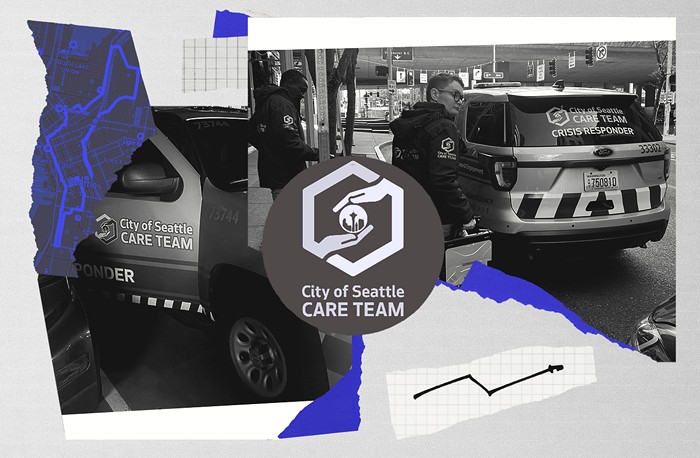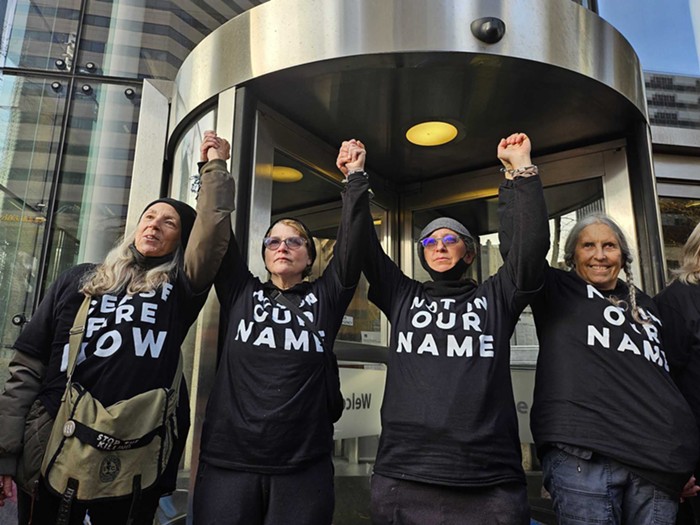On December 17, the city council narrowly approved legislation that will reduce the size of large commercial and retail buildings that are allowed in the city's industrial areas, including the area surrounding Georgetown.
The legislation, aimed at preventing commercial encroachment on the city's threatened industrial and manufacturing sector, was opposed most vociferously by Council Members Richard Conlin, Jan Drago, and Tom Rasmussen, who called the legislation the biggest downzone in the city's history—a reference to the fact that it would reduce the size of commercial developments in noncommercial industrial areas. The proposal was also opposed by residents of Georgetown, who felt excluded from the process and expressed concerns that it would hinder economic development in the neighborhood.
However, the legislation would not impact Georgetown directly, includes large buffer zones around the neighborhood, and would only prohibit commercial developments larger than 25,000 square feet—precisely the sort of big-box developments most neighborhoods in Seattle oppose. The legislation wouldn't have any impact, in other words, on neighborhood-scale businesses such as independent shops, bowling alleys, and grocery stores. "I fail to see how Georgetown would suffer under these protections," said Council Member and sponsor Peter Steinbrueck.
The industrial sector is the largest employment sector in Seattle, providing more than middle-class jobs—the type of jobs, Council Member Richard McIver noted, that are accessible "to people who might not have a PhD." Industrial land is in high demand by manufacturing and other industrial businesses—at the moment, Seattle's industrial areas have a low vacancy rate of about 2.5 percent—and its use by industry is threatened by encroaching commercial tenants who want to take advantage of cheaper land in industrial areas. The commercial vacancy rate is much higher at 9 to 10 percent.
But this year alone, commercial companies filed applications to use nearly 800,000 square feet of industrial land for commercial purposes—effectively removing that land permanently from industrial use. For example, Amazon.com, which is expected to move onto property owned by Vulcan in South Lake Union, was recently courted by developer Wright Runstad, whose client Henry Liebman owns a large industrial property in Sodo.
Steinbrueck's legislation came attached to a resolution calling for more study of the new law's impact on Georgetown. Still, Conlin, Georgetown business owner Kathy Nyland, and other opponents argued that the study should come before, not after, the zoning legislation. They argued, in other words, for more process.
Conlin, making a typically Conlinite case (and going so far as to quote a Swahili proverb—in Swahili) argued that the city should spend more time deliberating about the legislation. "This is really about, are we going to have the right kind of due process?" Conlin said. Ultimately, Conlin's attempt to delay the legislation until late January—after Steinbrueck will be out of office—failed, leaving Steinbrueck victorious in one of his last legislative acts on the council.
Steinbrueck also prevailed in his effort to amend Mayor Greg Nickels's Vulcan legislation, which would, in effect, partially exempt Vulcan from paying in to affordable-housing in exchange for taller buildings on the South Lake Union property for Amazon. Steinbrueck's amendment reduces the value of the giveaway from around $5 million to just over $1 million. ![]()


















